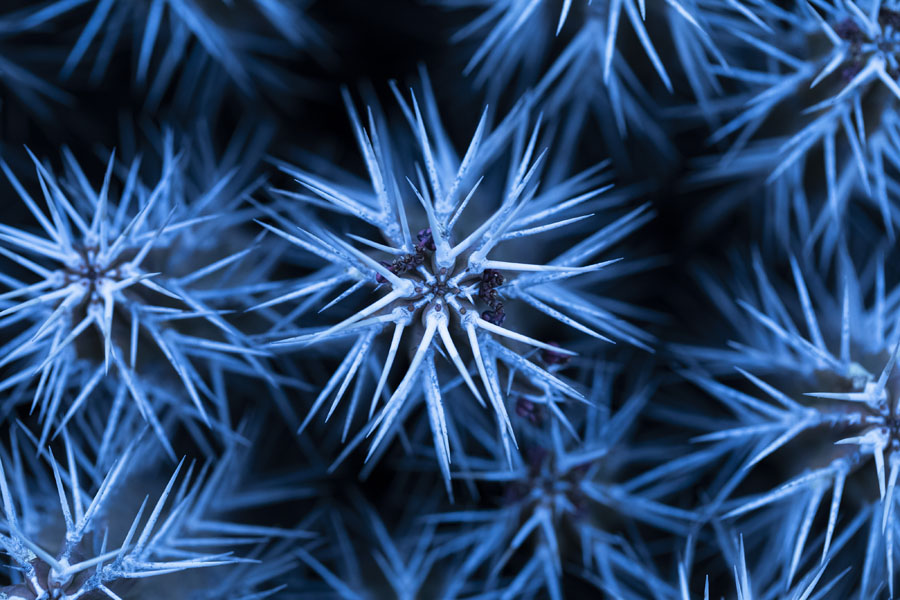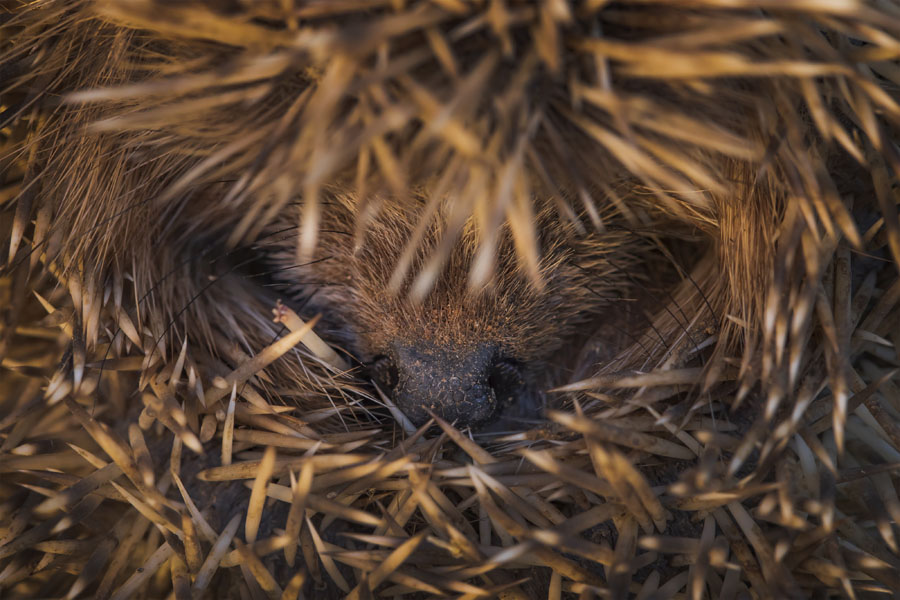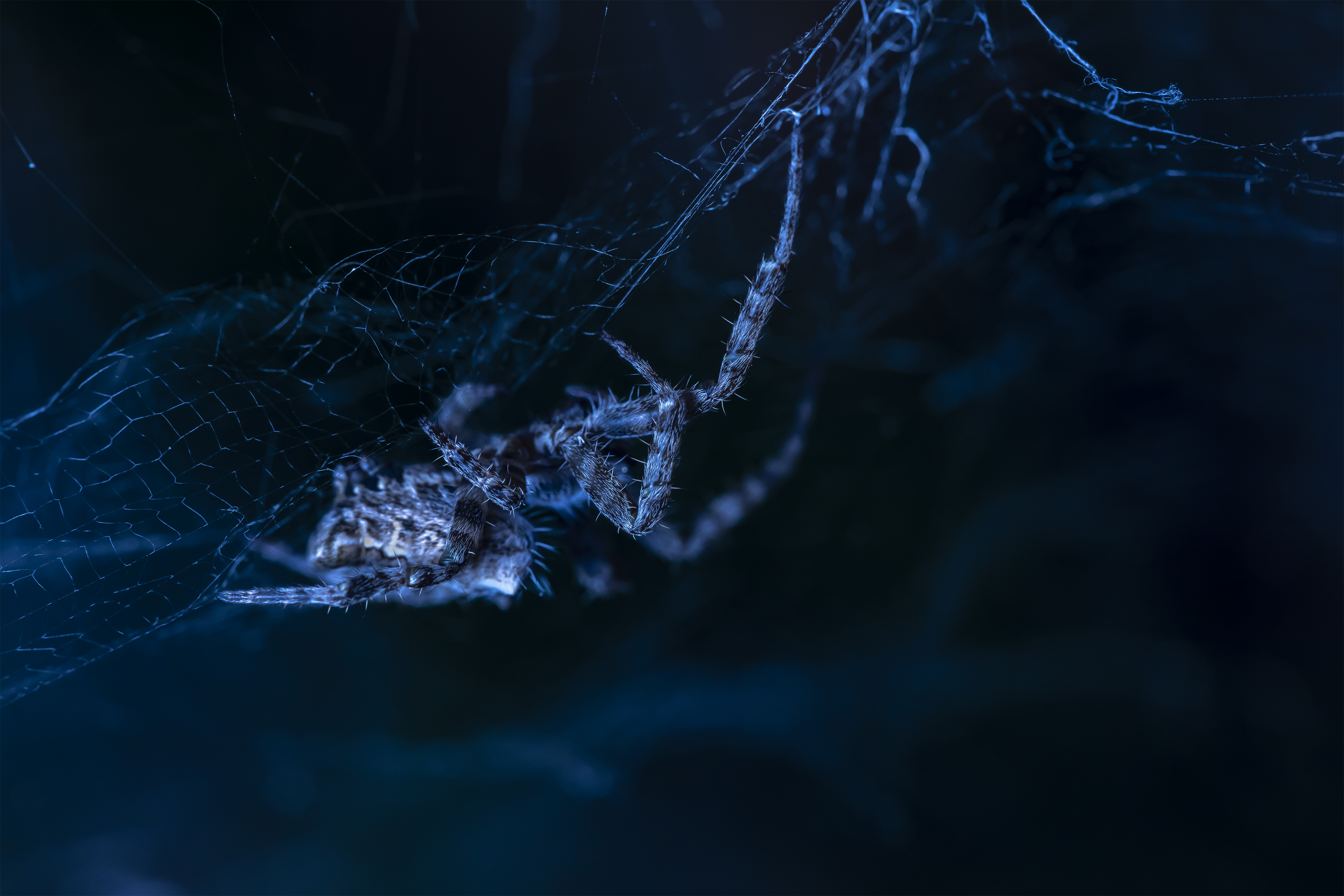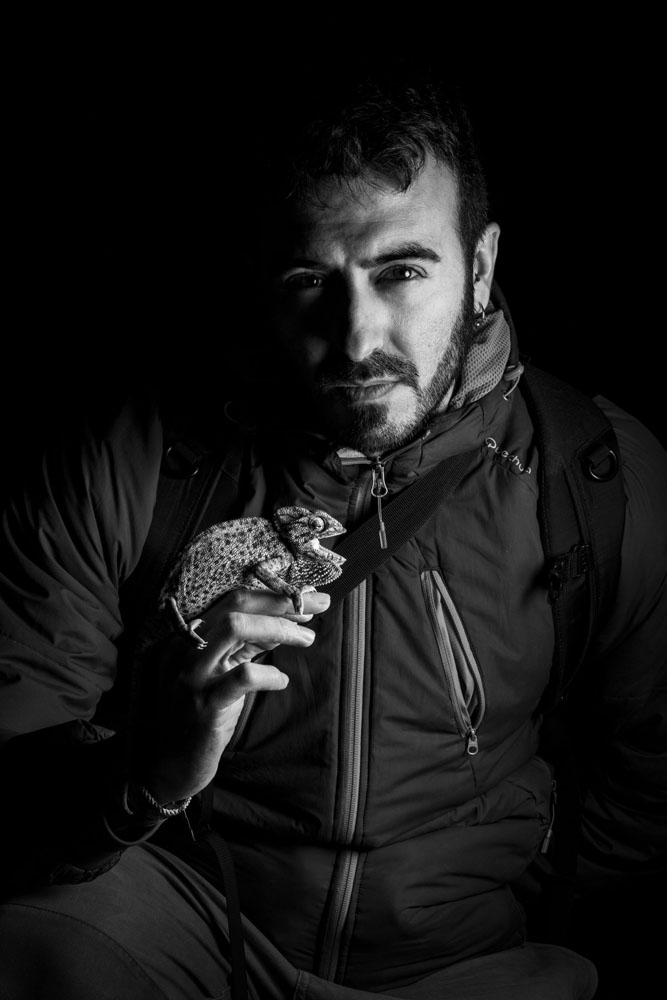Roberto García Roa, Cavanilles researcher, awarded in the photographic competitions of the British Ecological Society and the Royal Society
- Scientific Culture and Innovation Unit
- December 5th, 2018
Roberto García Roa, researcher of Ethology at the Cavanilles Institute of Biodiversity and Evolutionary Biology (University of Valencia), has been runner-up of the annual photography contest organised by the British Ecological Society. Up to four of his nature images have been distinguished. In addition, he has also been runner-up in one of the categories in the Royal Society’s annual photography contest.
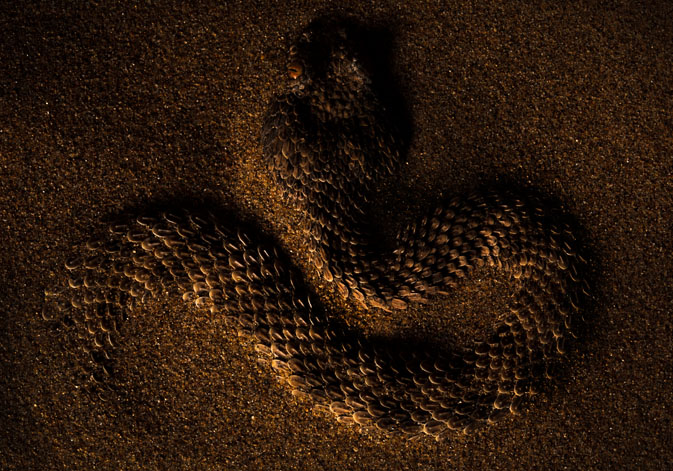
In particular, the photography Living fossil, is the one that has received the runner-up award. This image illustrates “the incredible adaptation that some snakes show in their scales to hide in the sand as a lurking and defence method”. It is a Cerastes vipera specimen photographed in Morocco. “It is fascinating how some photographs almost reveal how evolution works in nature. The scales of this species are useful structures that work like shovels so that these snakes can be buried”, explains the Cavanilles scientist.
In addition, with his photography Web of life, Roberto García Roa has also won the first prize in the macro category (Up close and personal). Taken in Spain, shows a spider weaving its web: “My intention was to express how precious and fragile the world of the invisible is, of the arthropods, which sometimes are socially insulted despite their key role in balancing ecosystems”.
Two more photos of the researcher have been awarded with honourable mention in the Individuals and Populations category with the photography Protection, and in The Art of Ecology category with the photography Fireworks.
“It has been a great satisfaction to see the positive assessment of the jury on my photographs. I congratulate the rest of the winners and the British Ecological Society for their involvement in this type of contests that bring the beauty and singularities that nature has to society.” In addition, it should be noted thatit is the fourth consecutive year the researcher receives awards in this contest since in 2015 he won its absolute prize.
Roberto García Roa has won several scientific photography awards at the British Ecological Society, such as the Up close and personal category in 2017, the Ecosystems and Communities category of the British Ecological Society in 2016 and the first prize in 2015. His photographs have also been selected in previous years in competitions such as the ones from the Royal Society or the BMC Ecology.
The winning images will be shown at the annual Conference of the Society, in Birmingham next December, in which around 1,500 scientists from more than 40 countries will participate.
Founded in 1913, the British Ecological Society (BES) is the oldest ecological society in the world. It promotes the study of ecology through its six academic journals, conferences, scholarships, educational initiatives and political works. The company has 6,000 members from more than 120 different countries.
Royal Society
Roberto García Roa has also been successful in the annual photo contest held by the Royal Society, in which he has been runner-up (Highly commended) of the category ‘Ecology and Environmental Science’ with his photography Mars, in which a group of Oryx rest on a plain of Namibia and that reflects an environment that could perfectly pass for the surface of Mars.
“Contests like these help to bring the scientific world closer to society by promoting knowledge and awareness of the natural environment that surrounds us”, says the researcher.
British Ecological Society: https://www.britishecologicalsociety.org/membership-community/annual-photographic-competition/
Royal Society:



